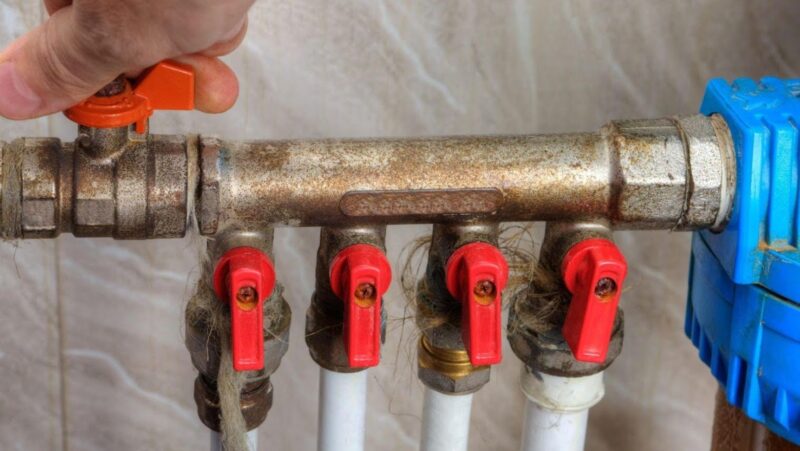
Welcome to the world of maple trees, where the air is nicer, and the trees provide more shade. You’ve come to the right place if you’re new to appreciating these beautiful trees or an experienced nature lover looking to learn something new.
The goal of this guide is to take the mystery out of trimming maple trees so that you can enjoy the process and get great results. Prepare your garden gloves and pruning shears for a tree-climbing adventure that will make your garden look better and help your maple tree care stay healthy and live longer.
Inspect Your Tree
Take a leisurely walk around your majestic maple tree, observing its sturdy trunk and lush canopy. Make a note of any signs of distress – whether it be a broken limb or a diseased branch – that may require your attention. This mindful inspection will ensure the tree’s health and longevity in your garden sanctuary.
Prune Dead Branches First
With a sharp pair of trimming tools, carefully look through your tree for any branches that are dead or broken. When you find these branches, make sure to cut them cleanly by placing the shears at the base, where they join the tree trunk. This will encourage healthy growth and keep the tree healthy overall.
Cut Diseased Branches
If you spot diseased branches, like discoloration or unusual growths, act quickly. Use lopping shears to cut them cleanly and prevent infection spread. Proactive care maintains plant health and prevents diseases.
Thin Out Overcrowded Branches
Inspect your trees for any branches that are crossing or growing too closely together. Identifying these branches is crucial as they can hinder healthy growth and airflow within the tree.

To address this issue, carefully use lopping shears to selectively thin out the problematic branches. By doing so, you not only promote the tree’s overall health but also encourage proper development and vitality.
Trim Long Branches
To keep your tree healthy and in shape, trim long disrupting branches. Use pole pruners for high branches and a hand saw for thicker ones. This promotes growth and aesthetics.
Remove Low-Hanging Branches
Cut back low-hanging trees with pruning tools to make paths clear and views better. This job improves safety, stops accidents, and makes the surroundings look better, making it more appealing to look at.
Final Touches
Step back and assess your tree for balance and aesthetics. Look at branch distribution, foliage symmetry, and overall visual harmony.
Note areas needing pruning or shaping maple trees for beauty and health. Your observation and adjustments will help the tree thrive and enhance its surroundings.

For more detailed guides and professional advice on tree maintenance and care, visit https://toptiertrees.com. Their expertise and resources can provide you with the necessary tools and knowledge to ensure your maple trees flourish for years to come.
Trimming Maple Trees: Your Ticket to a Vibrant Garden
Congratulations, you’ve completed your first tree-trimming experience! With these simple steps, you can now confidently maintain the health and beauty of your maple trees, ensuring their longevity and vibrancy for years to come.
Remember to regularly inspect your trees for signs of distress, and promptly address any issues that may arise. By following this guide, you’ll become an expert in trimming maple trees and take your gardening skills to the next level.
Did you find this article helpful? Visit our site for more informational and entertaining articles that could guide you!



